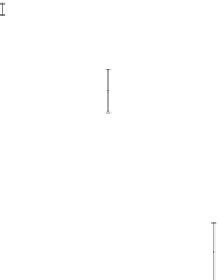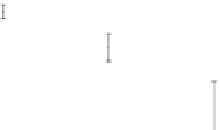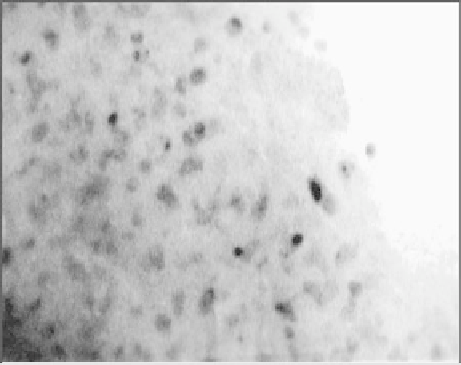Biomedical Engineering Reference
In-Depth Information
50 nm
FIGURE 19.52
Cross-sectional TEM image of Cu PIII PE. (From Zhang, W., Zhang, Y.H., Ji, J.H., Yan, Q.,
Huang, A.P., and Chu, P.K.,
J. Biomed. Mater. Res.: Part
A
, in press DOI.10.1002. With permission.)
300
(a)
Cu PIII PE
Cu/N
2
PIII PE
(b)
100
250
80
200
60
150
40
100
20
50
Cu PIII PE
Cu/N
2
PIII PE
0
0
0
14
21
28
7
0
14
28
Time of sample immersion in SBF (days)
FIGURE 19.53
(a) Cumulative leached amounts of Cu from Cu PIII PE and Cu/N
2
PIII PE after various immer-
sion times and (b) corresponding antimicrobial effects against
E. coli
. (From Zhang, W., Zhang, Y.H., Ji, J.H., Yan,
Q., Huang, A.P., and Chu, P.K.,
J. Biomed. Mater. Res.: Part
A
, in press DOI.10.1002. With permission.)
sample further confi rming that the implanted Cu is largely segregated in the polymer matrix. This
segregated and unbonded Cu state is believed to facilitate effective out-diffusion.
The copper-leaching rate to the surface directly impacts the surface antibacterial effects. There-
fore, ICPMS is conducted to evaluate the release rate of the implanted Cu from the substrates
[205]. Figure 19.3a indicates high released quantities of Cu into the SBFs from the Cu PIII PE and
Cu/N
2
PIII PE after 2 days. It has been reported that this amount of Cu does not raise health con-
cerns [206].
Afterward, Cu out-diffusion from the Cu PIII PE sample diminishes. Figure 19.53a
shows the cumulative amounts of leached Cu, and so a slower increase implies a lower degree
of out-diffusion. In comparison, the Cu leaching rate from the Cu/N
2
PIII PE sample is steadier
and approximately 10 ppb/day cm
2
. This suggests that the N
2
plasma treatment is effective in
regulating Cu out-diffusion and prolonging the surface antibacterial performance.




























